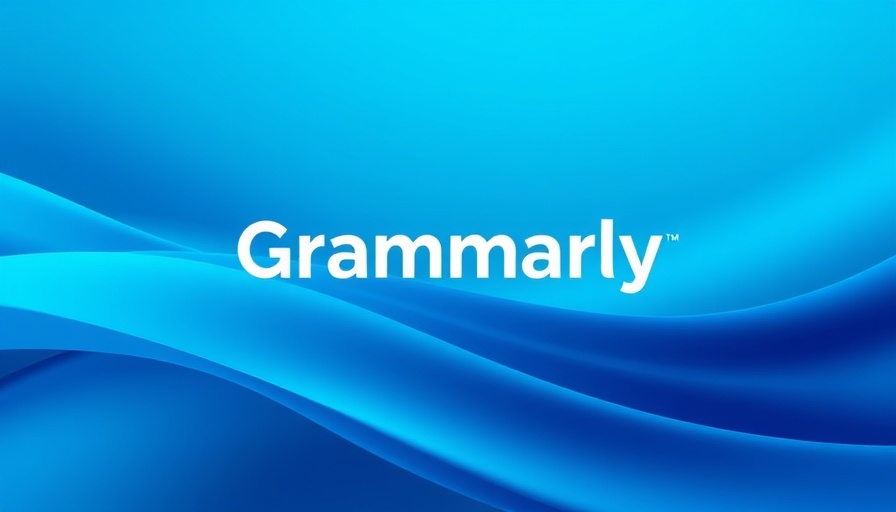
The Shift toward Non-Dilutive Funding
In a significant development for the startup landscape, Grammarly, the popular writing assistant platform, has secured a $1 billion commitment from General Catalyst. This funding represents a pivotal moment for Grammarly, particularly as the company navigates an evolving technology landscape where traditional equity financing is often seen as a double-edged sword. Unlike typical venture capital investments, this capital is non-dilutive, meaning that Grammarly won’t have to give up any equity in return for the funds. This strategy allows the company to maintain its valuation while leveraging its robust revenue stream to fuel growth.
Understanding the Customer Value Fund Model
General Catalyst’s Customer Value Fund (CVF) is tailored specifically for late-stage startups with predictable revenue. This innovative approach represents a shift in financing strategy; instead of seeking equity, companies can access capital that is repaid based on a percentage of the revenue generated from the investment. This model provides a lifeline for startups looking to expand without the fear of diluting ownership or influencing their market valuation negatively. Notably, Grammarly's annual revenue exceeds $700 million, a significant indicator of its reliability and potential growth moving forward.
The Path Forward for Grammarly
Grammarly’s strategic move comes at a critical time as it positions itself as more than just a writing assistant but an AI productivity tool. With the acquisition of productivity startup Coda and the appointment of Coda's CEO, Shishir Mehrotra, as Grammarly’s new leader, the company is keen on diversifying its offerings. This testament to adaptability and growth is vital in a tech ecosystem where competition is fierce, and staying relevant means continually innovating.
Market Implications and Future Trends
As Grammarly executes its plan to enhance sales and marketing, the implications extend beyond its internal operations. With significant funding secured, many are watching closely for its impact on the broader AI and productivity software markets. The non-dilutive investment approach could pave the way for other startups to explore similar financing strategies, potentially altering the dynamics of how tech companies seek funding in the future. Moreover, as companies like Grammarly continue to grow, it raises questions about sustainable practices and the need for tech firms to balance revenue growth with ethical considerations.
The Bigger Picture: Funding Dynamics in Tech
The funding landscape for startups is constantly changing. With opportunities such as General Catalyst’s CVF, companies are finding alternatives to traditional funding routes that can dilute ownership stakes. For the tech industry, this could signal a wider acceptance and normalization of non-dilutive funding models, especially for those firms that possess a solid revenue-generating capability. It prompts both investors and entrepreneurs to rethink their strategies around capital acquisition, focusing on sustainable growth rather than solely relying on equity growth.
Human Impact: Connecting with Users
The evolution of Grammarly reflects a growing need for tools that not only assist but enhance productivity in an increasingly digital world. As the company aims to leverage its new capital to improve user engagement and product offerings, users can expect more integrated solutions that cater to their diverse communication needs. Whether it’s improving writing in a professional context or personal endeavors, the enhancements promised could significantly impact user experience across the board.
Conclusion: Why You Should Care About Grammarly's Journey
Grammarly's journey from a startup to a formidable player in the tech landscape serves as an inspiration for new entrepreneurs looking to carve out their own niches. The funding model they employed offers valuable insights into non-dilutive funding strategies while reinforcing the notion that revenue can be a vital tool in securing growth capital. With a clear roadmap laid out for technological expansion and user experience improvement, there’s plenty of reason to stay tuned to the developments at Grammarly and beyond.
 Add Row
Add Row  Add
Add 



Write A Comment